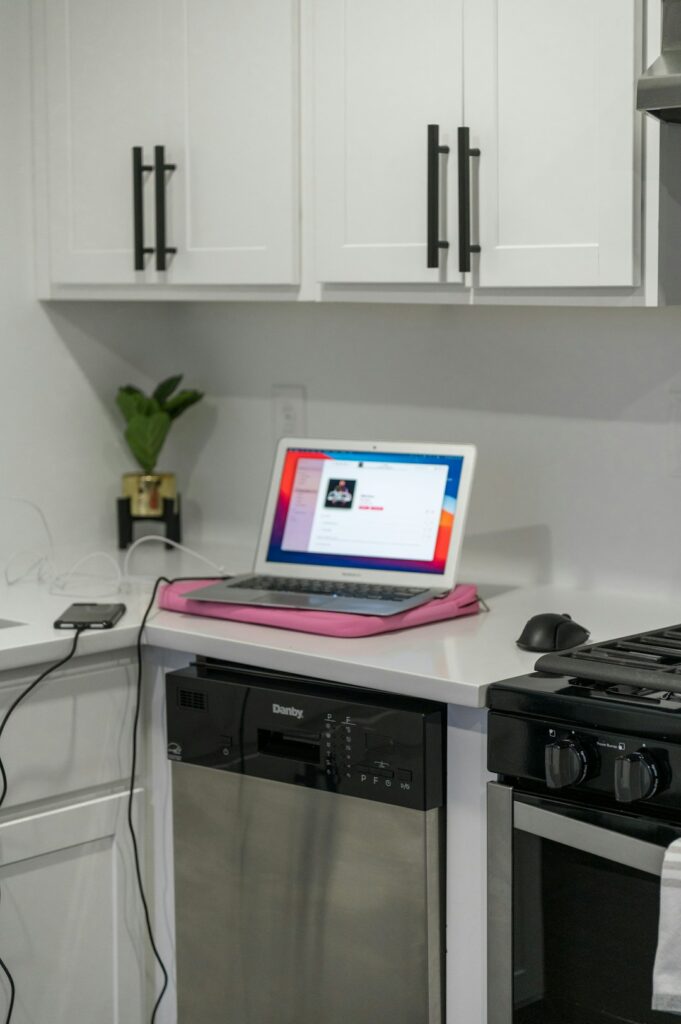Smart Home Innovations: Exploring the Future of Smart Home Automation Tools
In recent years, smart home automation tools have revolutionized the way we interact with our living spaces. These advanced technologies not only provide convenience and efficiency but also enhance security and energy management. As consumers look for ways to simplify their lives, understanding the latest innovations in smart home automation becomes essential. This article will delve into the most exciting trends and technologies shaping the future of smart homes.
The Rise of Smart Home Automation Tools
Smart home automation tools have become increasingly popular due to their ability to connect various devices through the Internet of Things (IoT). These tools allow homeowners to control lighting, heating, security systems, and appliances from a single device, often utilizing smartphone applications or voice commands.
Benefits of Using Smart Home Automation Tools
- Energy Efficiency: Smart devices can optimize energy usage, leading to reduced utility bills.
- Convenience: Automating routine tasks saves time and effort.
- Enhanced Security: Smart cameras and alarm systems can alert homeowners to suspicious activities.
- Remote Monitoring: Homeowners can manage devices from anywhere, providing peace of mind.
Key Innovations in Smart Home Technology
Voice-Activated Assistants
Voice-activated assistants like Amazon Alexa and Google Assistant have become central to smart home ecosystems. These platforms allow users to control compatible devices with simple voice commands, making interaction intuitive and accessible.
Smart Thermostats
Smart thermostats, such as the Nest Learning Thermostat, learn household patterns and adjust heating and cooling accordingly. This not only enhances comfort but also promotes energy savings, reducing the environmental footprint.
Smart Lighting Systems
Innovations in smart lighting include systems that can be controlled remotely via smartphones or voice commands. Brands like Philips Hue provide customizable lighting solutions, allowing users to change colors and schedules to suit their needs.
Integrating Smart Home Automation Tools for Seamless Experience
To fully leverage the benefits of smart home automation, integrating multiple devices for a seamless experience is crucial. A well-designed network can allow devices to communicate effectively and work in unison.
Smart Hubs
Smart hubs serve as central control points for various smart devices, facilitating communication and automation. Popular options include Samsung SmartThings and Wink Hub, which support a wide range of devices.
Sensors and Automation Triggers
Incorporating sensors, such as motion detectors and smart doorbells, enhances security and automates functions. For instance, motion sensors can trigger lights or cameras, improving safety and convenience.
Challenges and Considerations
Security Concerns
While the benefits of smart home automation tools are significant, security remains a primary concern. Ensuring that devices are secure from hacking and unauthorized access is vital for user confidence.
Compatibility Issues
Another challenge is the compatibility of various devices across different platforms. Choosing products that adhere to common standards can mitigate these issues and enhance user experience.
Conclusion
Smart home automation tools are shaping the future of modern living, bringing convenience, efficiency, and enhanced security to households. As technology continues to advance, staying informed about the latest innovations and implementing them wisely will allow homeowners to fully enjoy the benefits of a smart home.
Latest Trends in Smart Home Automation Tools
The world of smart home automation tools continuously evolves, with new innovations emerging regularly. One significant trend is the integration of artificial intelligence (AI) and machine learning, enabling devices to learn user habits and preferences over time. This adaptability ensures a more personalized experience, allowing homeowners to optimize energy usage, security settings, and even household chores. For instance, smart thermostats can analyze your daily routines to adjust heating and cooling effectively, resulting in energy savings and enhanced comfort.
Enhanced Security Features
Security is a top concern for any homeowner, and smart home automation tools have made significant strides in this area. Advanced surveillance cameras equipped with facial recognition technology allow homeowners to identify visitors instantly. Additionally, smart locks can send real-time alerts to your mobile device whenever someone enters or exits your home, providing peace of mind. Integrated security systems can also automate lighting to create the illusion of occupancy, deterring intruders from targeting the property when the residents are away.
Interconnectivity and Compatibility
Another noteworthy aspect of smart home automation tools is their capacity for interconnectivity. Most modern devices can seamlessly communicate with each other, creating a cohesive ecosystem. This compatibility streamlines control through a central hub or app, allowing users to manage everything from lighting and heating to entertainment systems from a single interface. The Internet of Things (IoT) has paved the way for a more holistic approach to smart home management, ensuring different devices achieve synergy rather than operating in isolation.
Voice-Controlled Automation
Voice assistants like Amazon Alexa, Google Assistant, and Apple Siri have revolutionized how we engage with our smart home automation tools. These voice-controlled systems enable users to command devices hands-free, whether for setting reminders, adjusting temperature settings, or even accessing security camera feeds. This ease of use promotes a more accessible experience for individuals who may find traditional controls challenging, ensuring that technology is inclusive and user-friendly. As voice technology becomes more sophisticated, the future of smart home automation will likely see even broader adoption and innovative applications.


